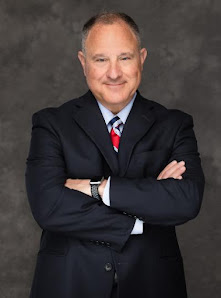The co-sponsors of a law intended to force the Justice Department to release all investigative materials related to convicted sex offender Jeffrey Epstein say they are drafting articles of impeachment against Attorney General Pam Bondi, reported Scripps News.
Rep. Ro
Khanna, a California Democrat, said in an interview on CNN that he and Rep.
Thomas Massie, a Kentucky Republican, are also considering whether Bondi should
be held in contempt of Congress. He said no final decisions have been made and
that they plan to see if the Justice Department complies with the "spirit
of the law" in the coming weeks.
Khanna
warned that other Justice Department officials could also face legal
consequences if they played a role in withholding records related to Epstein.
"Any Justice Department official who has obstructed justice could face prosecution in this administration or a future administration," he said.
The
Justice Department faced a Friday deadline to release all investigative
materials tied to Epstein. While the department released thousands of
documents, Khanna said the disclosure fell far short.
"What
we found out is the most important documents are missing," Khanna said.
"They've had excessive redactions."
The documents released Friday make only limited references to President Donald Trump, even though the administration has acknowledged that his name appears in the files. Being named in the records does not indicate that Trump knew about Epstein’s crimes. Critics, however, say the limited references raise questions about whether the release cherry-picked.
Former
President Bill Clinton, by contrast, appears numerous times in the documents.
The release included photos of Clinton swimming, as well as images showing him
with other well-known figures, including Michael Jackson and Diana Ross. No
additional context was given with the photos. A spokesperson for Clinton
dismissed them, saying the former president was not aware of Epstein’s alleged
crimes when the two were friendly.
To read more CLICK HERE








